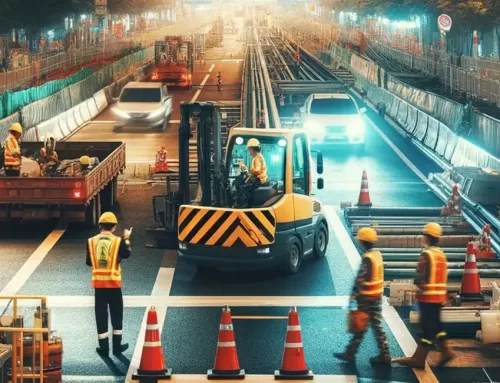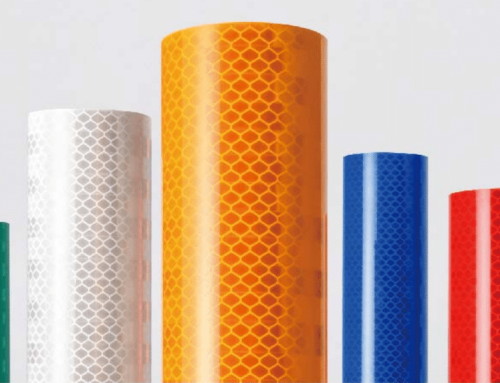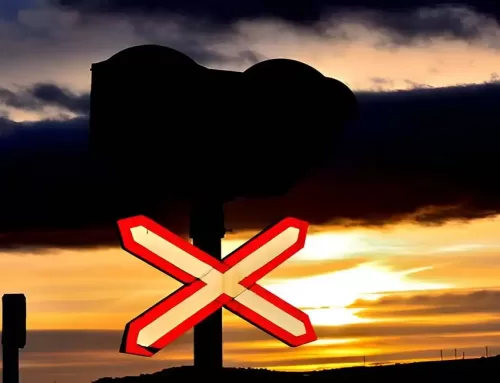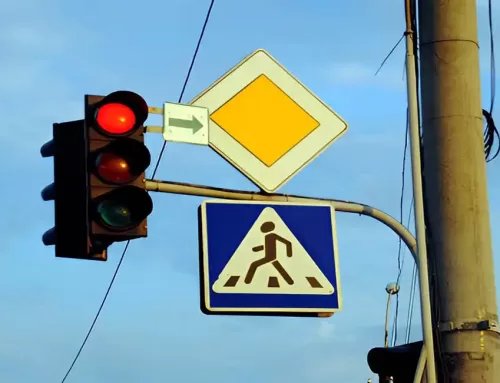License plates on vehicles are a piece of metal or plastic or acrylic which is screwed on, but is that as far as it gets? The answer is a big No. This is because custom number plates are not just for getting the attention from the passing traffic, but for lawful purposes too. The main reason why a vehicle has a set of number plates or license plates is for giving it a unique identity, which can be traced whenever needed. For instance, if a vehicle owner jumps the red light or doesn’t follow the other traffic regulations, the license plate can be used to trace the vehicle back to its owner, through a database which links the license plate to the detailed record of information about the owner. For this reason getting your car registration is important and a legal necessity that not only applies to South Africa citizens but to citizens of almost all countries.
That said, there are various regulations for the number plates in South Africa. Let us get to know about them.
What you should know
A license plate is the identification of your vehicle and is subject to the requirements of the National Road Traffic Act No. 93 of 1996, the South African National Standards Specifications (SANS 1116) and the relevant National and Provincial legislation.
Size of the license plate
There are only three legal number plate sizes and each should be embossed with alphanumeric of a specific size.
• 520 mm X 113 mm embossed with 75 mm high alphanumeric
• 250 mm X 205 mm embossed with 75 mm high alphanumeric
• 250 mm X 165 mm embossed with 60 mm high alphanumeric
Why three sizes because there are various vehicles with different makes and models and all don’t have the same size number plate apertures. Also, there are vehicles on which the front and rear number plate apertures are not the same size, so, two different size number plates can be used on the same vehicle.
Mark of certification
The license plates in South Africa should have a certification mark as per the National Road Traffic Act. The SABS sticker should be applied under the provincial logo of the embossed number plate.
Marking and font
The SABS specification states that every blank number plate must be marked with a readable and indestructible mark with the name or trademark of the supplier and batch number of the supplier at the left bottom corner. The font of the number plate should be the only one specifically designed by the SABS. The use of other font is illegal.
Attachment of number plates
The number plates of all the vehicles registered for the first time on or after 1 Jan 2010 must be attached to the vehicle by 4mm rivets or 4mm one way self-tapping screws. It can be either be attached directly or on a holding bracket. The holding bracket must comply with legal requirements and approved by the National Department of Transport. Attaching a number plate with double-sided tape is illegal.
The positioning of the number plates
The number plates must not be higher than 1.5 meters from ground level on regular passenger cars and SUVs. However, if the front design of the vehicle is such that it can’t accommodate a number plate right in the middle, it can be mounted to one side.
The back number plate should not be obscured by a permanent fixture. However, if the obstruction is considered to be temporary, for instance, removable bicycle rack, a second number plate must be attached to the rack to ensure that it is clearly visible. Such racks must be removed when not in use.
Graphic design
Each province of South Africa has a different background design for number plates which is determined by MEC of the relevant province. Visit https://www.sa-na.co.za/cp/20080/consumer-info to see examples for each province. Anything other than these designs is considered illegal and could result in a fine. Also, no advertising is allowed on number plates and you could be forced to remove and replace plates that do not comply.
Reflective sheeting
The license plates to be used on your vehicle should be reflective. This ensures easy readability in the dark or night and is mandatory by the law. We supply XW 6200enclosed beaded retroreflective sheeting which is suitable for CLP (Car License Plate) in South Africa. Our reflective sheeting complies with the South African regulations as it has a validation mark which is readable and indestructible.
Types of License Plate in South Africa
Number plates are available in plastic or metal, but the plastic ones are preferred by the majority of the motorists. XW Reflective supplies enclosed beaded retroreflective sheeting for the plastic type license plate in South Africa with a durability of 3-5 years.
You can also get personalized license plates in South Africa which are often called private number plates or custom number plates.
Personalized number plates
If you would like to get personalized plates for your vehicle, bear in mind that there is an additional cost involved and regulations as well.
• Only letters and numbers are allowed and any symbols such as %, &, @ or $ are illegal.
• Vulgar language is not allowed and any offensive numbers will not be allocated.
• The personalized number plate is the property of the owner and can be transferred from one vehicle to a next. Such plates can even be transferred to a beneficiary when the original owner passes away.
To get a personalized number plate you need to apply at your local traffic registry office and supply a certified copy of your ID document, a vehicle registration certificate and proof of residence.
The above-mentioned are the regulations and types regarding the license plates in South Africa.






Is bold yellow personalized number plates illegal?
It is illegal if you order the bold yellow number plate from formal institution.